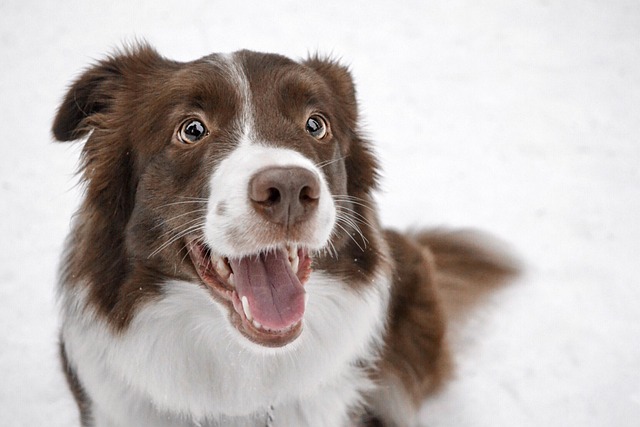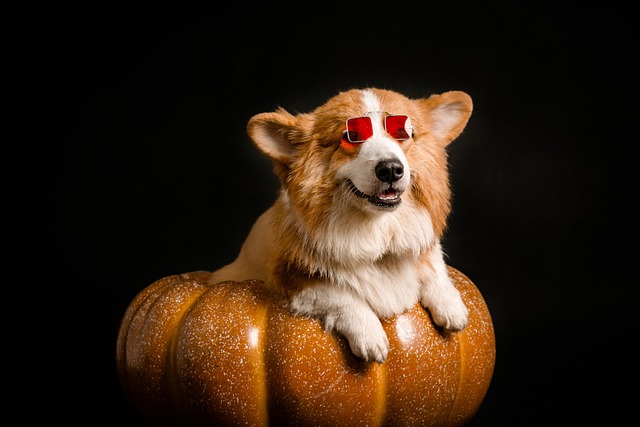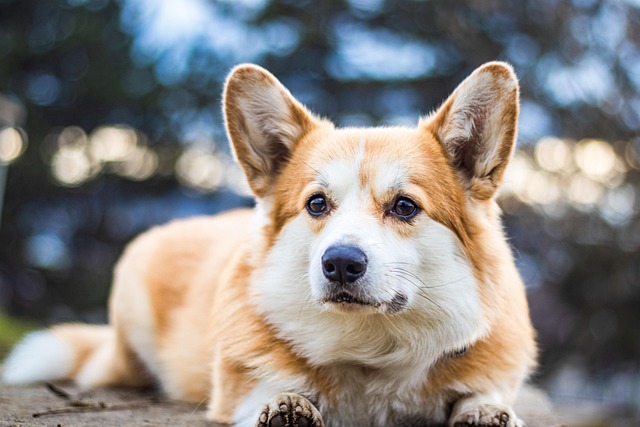
Are border collies hard to potty train?
Border collies aren’t inherently harder to potty train than other breeds, but their unique traits can make the process feel trickier if you’re not prepared.
You’ve mastered the basics: your pup can sit, stay, and come most of the time in your quiet living room. But then you’re at a bustling farmers' market in Portland or a crowded park in Chicago, and those commands seem to vanish into thin air. This gap between performing skills at home and executing them anywhere, anytime, under distraction, is the very essence of advanced dog training. It’s not about teaching a longer list of flashy tricks; it’s about achieving an unparalleled level of communication, reliability, and teamwork with your dog, transforming learned behaviors into default life skills.
The scientific principle underpinning this shift is called "proofing," which consists of two main components: generalization and increasing criteria. Generalization is the understanding that "sit" means the same thing on your kitchen floor, a grassy field, or a noisy sidewalk—a concept that isn't automatic for dogs. This requires practicing in dozens of locations with varying levels of distraction. The second part involves systematically increasing the "Three D's": Distance (staying from farther away), Duration (staying for longer periods), and Distraction (staying focused despite squirrels, other dogs, or children playing). True advanced work, like off-leash reliability with a rock-solid recall even when a rabbit darts by, is built on this meticulous proofing process. It’s the difference between your dog knowing a command and being utterly fluent in it.

This commitment to positive, proof-based training is a hallmark of the modern dog culture in the U.S. and EU. The goal is a willing partner, not a coerced subordinate. Using force or aversive tools like prong or shock collars to achieve "reliability" is not only culturally frowned upon but is increasingly subject to legal restrictions in many European countries and some American cities. Such methods often create suppressed, fearful dogs rather than the happy, confident partners we see in advanced sports like agility, nosework, or therapy work. This level of training also brings heightened responsibilities. A dog working off-leash in a permitted area must be under impeccable verbal control, which is a direct reflection of your dedication. Furthermore, their rabies vaccination status must be beyond reproach—this is a non-negotiable legal requirement for public safety. And of course, the privilege of training in public spaces comes with the absolute obligation to clean up immediately after your dog, a simple act that maintains community goodwill and avoids hefty fines.
For those in apartments, advanced training is the key to seamless urban integration. A dog that can hold a calm "stay" while you sign for a package at the door or "leave it" when passing a discarded chicken bone in the hallway is not just well-trained; it’s a good neighbor. This level of impulse control prevents incidents and noise complaints. Your community etiquette expands with your training goals; you might use a vest that says "In Training" to signal to others not to distract your dog, and you’ll always be the first to step off a narrow sidewalk to create space, demonstrating control and consideration. Ultimately, advanced training is the journey from having a pet that listens sometimes to building a profound bond with a trusted, polished canine citizen.

Border collies aren’t inherently harder to potty train than other breeds, but their unique traits can make the process feel trickier if you’re not prepared.

Teaching a dog to high five isn’t just a party trick—it’s a fun way to bond, boost their confidence, and keep their brain sharp.

Anyone new to hunting with dogs knows the struggle—you want a partner that listens, adapts, and picks up skills without endless frustration.

Ever seen a Labrador retriever effortlessly fetch game in the fields or a German Shorthaired Pointer lock onto a scent with laser focus? Behind those impressive skills lies extensive training—and a price tag that varies widely.

That sinking feeling of coming home to find your favorite chair leg gnawed beyond recognition or a new cushion ripped apart is a rite of passage for many new dog owners

Teaching your dog to nuzzle their nose into your palm isn't just a cute party trick—it's a foundation for communication, trust, and even practical safety cues.